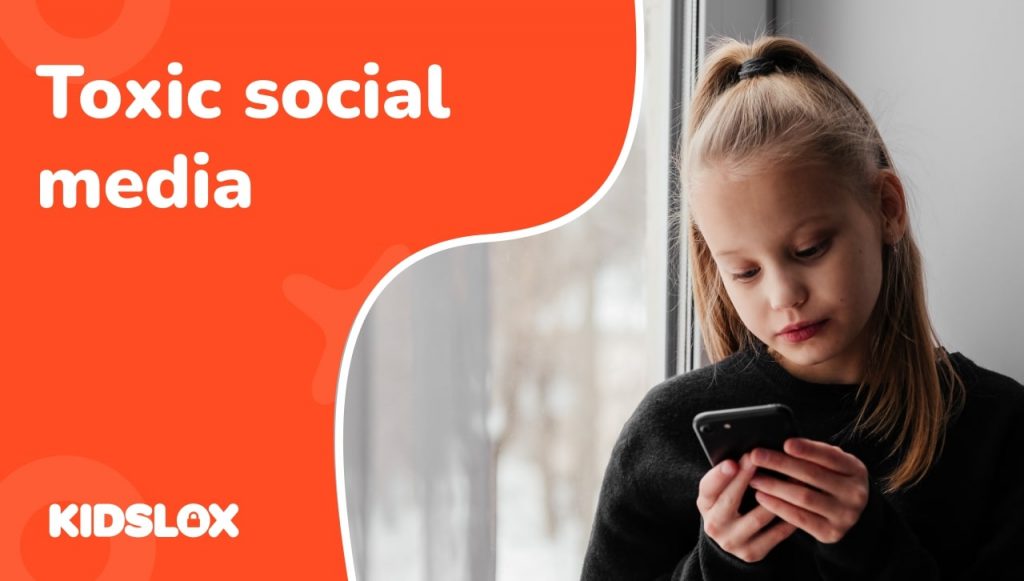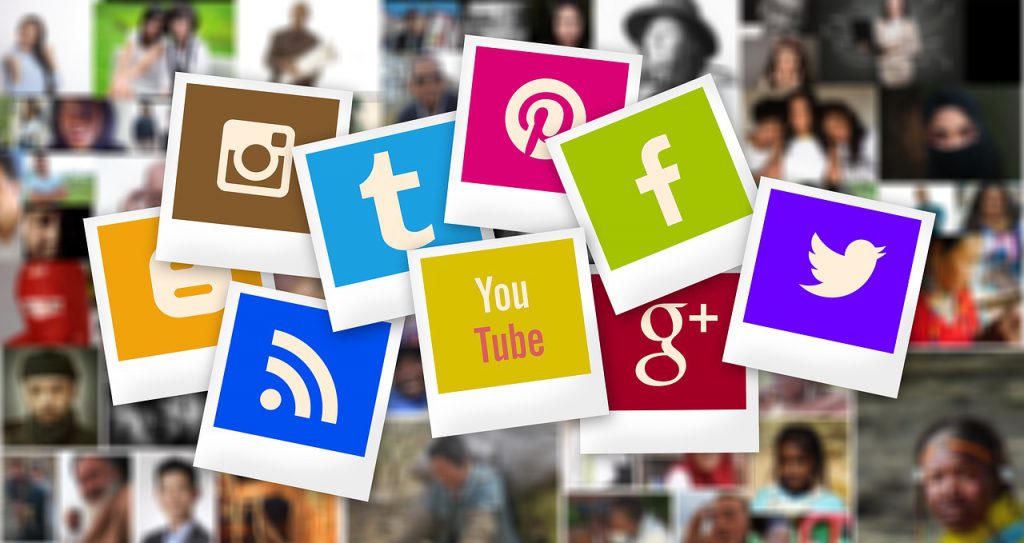From the nasty comment sections of videos and articles, to the unrealistic beauty standards we’re all exposed to, there’s a lot of online conversation about the nature of social media and how harmful it is to all of us.
People say social media is ‘toxic’, what does that mean?
When we refer to something as ‘toxic’, we’re talking about something that does us harm. Whether we’re talking about a relationship, an environment like the workplace, or even friendships. ‘Toxicity’ in these contexts is often hard to recognize on face value, and is usually insidious, meaning that the negative effects of being exposed to it affect a person gradually, and over time.
Which social media sites are the most toxic?
In some ways, all social media sites have the potential to be toxic. This article will explore how different platforms can be toxic in different ways and how our behaviors on them can be harmful to children and teenagers using them regularly.
Are social media influencers toxic?
Social media use has exploded over the past decade and with it, a new form of publishing called ‘influencing’ has emerged. This is when an individual builds a community of fans and followers online around their content topics and styles. There are influencers for every type of niche hobby, interest and demographic out there, from knitting to gaming. What started out as a way of people making content for fun has become a hugely lucrative business all across the globe.
On the face of it, these influencers are providing people with free content that meets their interests, and in most cases, help them feel included and a part of a community that might not be in easy reach in their everyday life.
One of the most toxic things about the influencing phenomenon is the way it distorts reality. It’s only natural for people to want to present the best side of themselves, but influencers often filter their faces, use effects to change the shape of their bodies and portray a very lavish and luxurious lifestyle.
When we compare ourselves to these altered realities without knowing what’s actually gone into creating those images and videos, it can create unhealthy comparisons. This is hard enough for adults to keep reminding themselves, but for kids and teenagers, it can be a real struggle to keep perspective.
If your child has a particular influencer that they love to watch, it’s always a good idea to ask how it makes them feel, and to explain to them what might have been altered in the content to make it ‘look better’ than real life.
What else is toxic about social media?
Another area of social media that can be really toxic are the comment sections. Social media has given everyone the opportunity to wade into conversations and debates. And, while free speech is a great thing, the ease of anonymity can lead to trolling, which fuels some pretty awful online arguments.
The nature of this combative commenting behavior breeds an environment where people are often on the defensive. This can lead to anxiety about posting, or shying away from civil interactions online for the fear of being ‘dragged’ or criticized in the comment sections.
This type of online behavior is notorious on platforms like Twitter, where debates can escalate into really nasty attacks on others, simply for offering a differing view point. In a survey of 1,000 Americans claimed that Twitter was the single biggest place where rolls gathered on social media. In the same survey, Snapchat came out as the platform least toxic for trolling.
One of the key things to arm your child with when it comes to toxic comment sections and platforms like Twitter is to ask ‘would you say that to someone’s face?’ – if not, you probably shouldn’t be writing it down either.
Many researchers have looked into the psychology of online comments and the ‘online disinhibition’ effect is something that many agree is fuelled by the relative anonymity that the internet can give us.
Toxic social media trends
It’s not only the nature of the way social media platforms work that makes them toxic, but the way we use them. Some of the most toxic social media trends that have happened in recent years include:
Cancel culture
We all make mistakes, but in many cases, things that we’ve done wrong in the past can come back to bite on social media. Apologies or not, cancel culture is the act driving someone offline or out of public view through social media scrutiny.
Doxing
This is a form of social media bullying or harassment where one user stalks another to gain incriminating or personal information from another with the intent of using it to hurt them personally or professionally.
Toxic positivity
Sometimes it’s not just negative things that are toxic. Glossing over life’s hardships, not addressing big issues and creating an image that life is perfect is misleading.
Hustle culture
Being the most productive, the most busy and the most successful are all trends that have been driven by social media. For teens who are competitive in nature, this can cause them to feel a lot of extra pressure to ‘be the best’ and achieve more and more, which can cause burnout, anxiety and other struggles.
Why is toxic media bad for mental health?
Social media is designed to be addictive. From the algorithms that feed you more content that you enjoy, to the reward system of comments and likes for content you post, it’s always finding new ways to draw you back in.
According to the Pew Research Center, 81% of U.S. teens use social media, putting most young people at risk of social media related mental health struggles such as anxiety and depression. This can manifest itself in many different behaviors, but some of the most commonly noted are:
Comparing lifestyles
Filters, body altering software and portraying a lavish and fun-filled life isn’t real life and for many young people, seeing these images can give them a distorted idea of what they ‘should’ look like, be achieving and have in their lives.
Fear of missing out
Before social media, if a child was excluded from a friend’s party or other social event, they might not find out about it. With social media there’s a constant window into everyone’s lives, and if someone is having fun and you’re not, it can lead to a lot of self-doubt and anxiety.
Bullying
With the rise of social media, bullies have found new ways to hurt their victims. Spreading rumors, harassing people, and sharing nasty content are all ways in which bullies can attack others. The negative effects this has on children’s wellbeing are obviously negative.
Worst case-scenarios
‘Lucy liked Tanya’s post, but she didn’t like mine! Why?’ The most reasonable answer to this question is that she simply didn’t see it. ‘Liking’ someone’s content isn’t a typical social scenario, and misses all the normal context of real life interactions. Without these cues, it’s really easy for a worried mind to start thinking about all the reasons why a person might not have liked your content, when it could be as simple as they just didn’t see it.
How to handle toxic social media
Social media is now a deeply entrenched part of our modern lives, and simply not using it or deleting the apps isn’t going to be an uneasy option for many. It’s also not something that your teen is likely to want to do either. If you do recognise that social media can be toxic then there are a number of strategies you can use at home for yourself and your children to help mitigate the harm.
Digital detox
If going cold-turkey isn’t an option, having a break from social media can be really beneficial. Give your children the choice to decide what time they want to put the devices down and make it a household policy. Incentivise the breaks with planned and enjoyable, non-tech activities.
Unfollow triggering accounts
Speak to your kids about the people they follow, and how they feel when they see their content. If they say that they feel jealous, or unhappy with the way they look compared to that person, perhaps it’s time to gently encourage them to not view the content anymore.
Be honest about the way you feel
If you’re in a bad mood, going online and seeing lots of people being productive, happy and glossy might make you feel worse. The same goes for your kids. If you know your child is feeling a bit down, try and get them out of the house and into nature or doing a real-world activity they love without the phone.
Set controls
Kidslox can put controls in place to limit the amount of time your child spends on certain sites and apps. It can also help you to block any potential sources of dangerous content and lock the device instantly when you need to.





